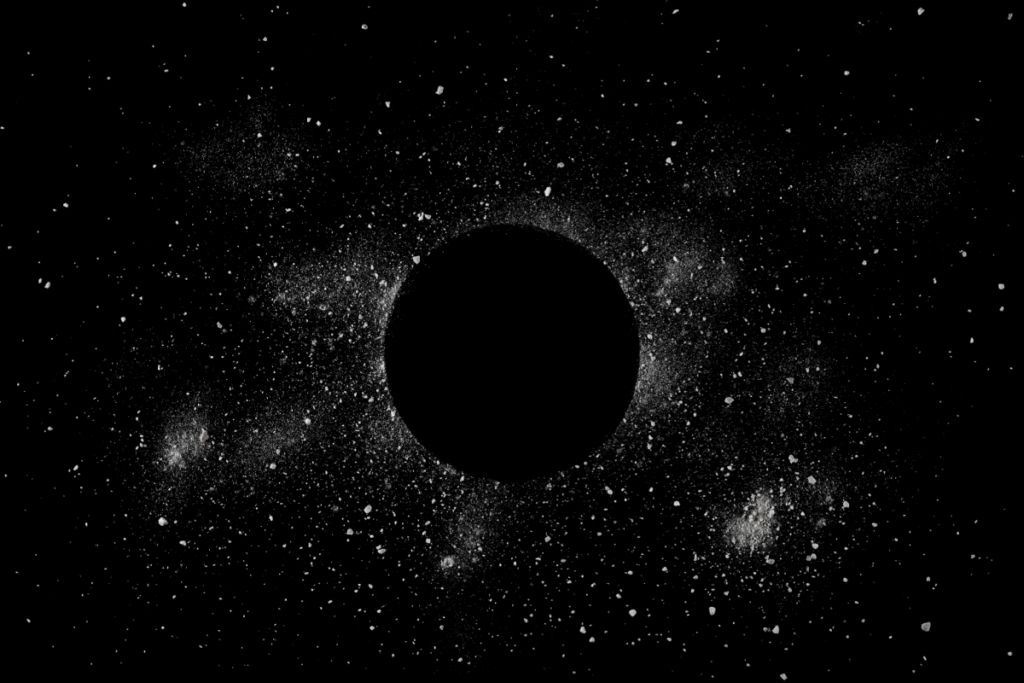What Scientists Found
Astronomers have identified a supermassive black hole, RACS J0320 35, that appears to be growing far faster than theory says it should. Located about 12.8 billion light years from Earth, this object weighs roughly a billion solar masses. Fresh data from NASA’s Chandra X ray Observatory indicate it is accreting material at about 2.4 times the Eddington limit, which is the customary ceiling on how quickly a black hole can feed. The radiation from gas, dust, and stellar debris falling in is so intense that it lights up the surroundings in X rays that Chandra can detect. Based on the observations, researchers estimate the black hole is adding the mass equivalent of about 300 to 3,000 suns each year.
Why the Growth Rate Is So Surprising
The Eddington limit describes a balance point. As matter plunges inward, it heats up and radiates. That outward radiation pressure pushes back on the incoming flow. At the limit, radiation pressure should balance gravity and effectively cap the infall rate. If the inflow exceeds that level, standard expectations say radiation should blow away much of the material and slow the growth. RACS J0320 35 appears to sit above that threshold yet is still piling on mass. That puts it among the fastest growing black holes ever recorded and challenges the simple picture of how quickly black holes could bulk up in the early universe.
A View Far Back in Time
Because its light has taken about 12.8 billion years to reach us, astronomers are seeing RACS J0320 35 as it was less than a billion years after the universe began. Even in that young epoch, the black hole already had a mass in the upper range for the supermassive class. The object was first flagged with Chandra two years ago, and the new analysis refines just how extreme its growth is. In the sample of black holes seen within the first billion years, this one is producing more X rays than any other. For comparison, the Milky Way’s central black hole, Sagittarius A*, is about 4.3 million solar masses, far smaller than the billion solar mass scale reported for RACS J0320 35.
What Comes Next
The discovery raises fundamental questions about black hole feeding in the early cosmos. Researchers will probe whether special conditions in the surrounding environment allow sustained super Eddington flows, or if geometry and outflows can let radiation escape without shutting down accretion. Continued X ray monitoring and multiwavelength follow up will test how stable this growth is over time. Separately, astronomers expect at least one observable black hole flare in the next decade, with a reported high probability of catching an explosive event by around 2035. Space and ground based telescopes will be poised to capture that kind of transient in detail. While supermassive black holes are common in the centers of large galaxies, objects like RACS J0320 35 that grow this quickly offer a rare window into how the earliest giants may have formed and evolved.


